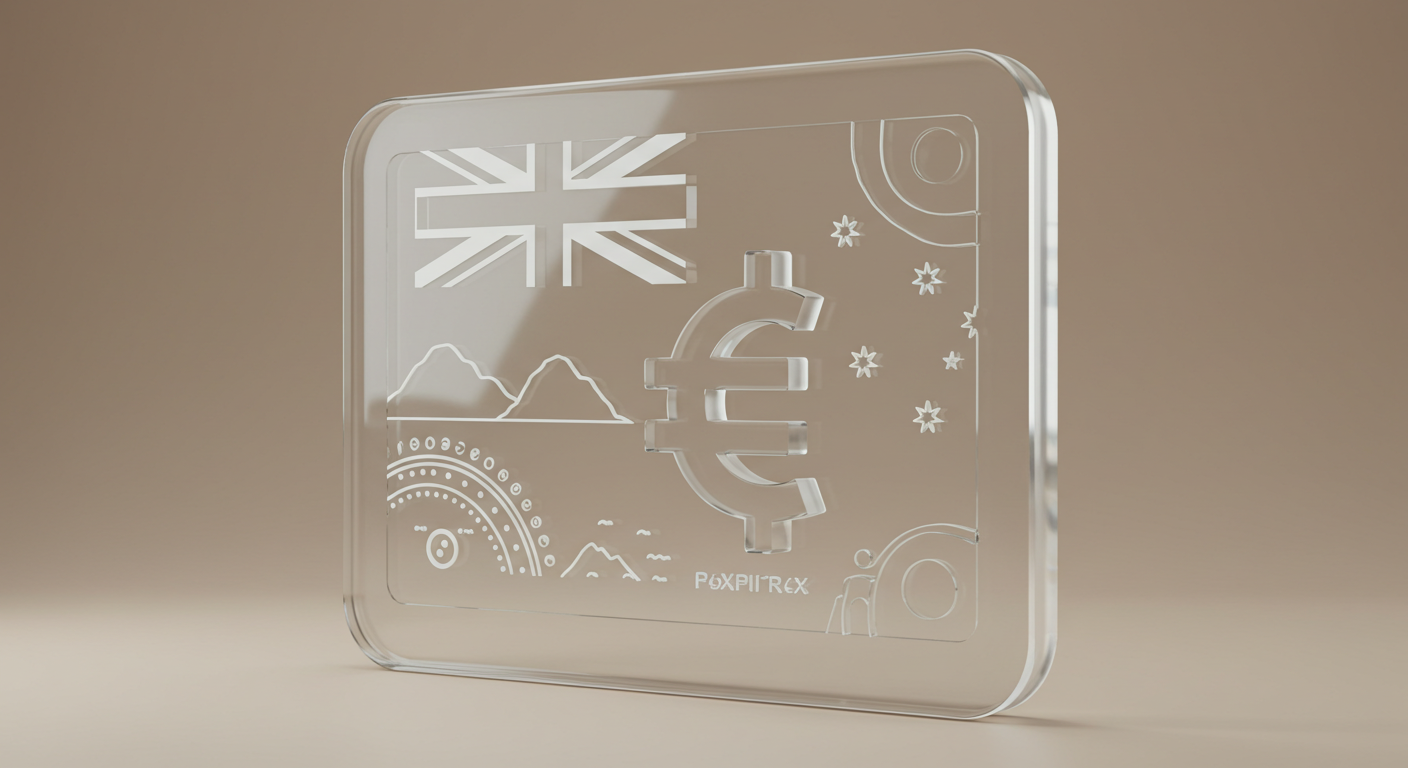
The Euro (EUR) has increased by 0.8% against the US Dollar (USD), performing well among G10 currencies, aside from the Australian Dollar (AUD) and Swiss Franc (CHF). This rise comes amidst positive sentiment over a coalition government agreement in Germany.
German bond yields have decreased over 10 basis points in the short term, reflecting a broader market tone. There is a perception of downside risk for the EUR, given lower yield spreads against its current strength.
Euro Gains and Market Sentiment
Recent gains for the EUR have hesitated near a range between just below 1.09 and above 1.11. While the Relative Strength Index (RSI) indicates a modest bullish lean, a break below 1.09 could lead to further support in the 1.0750-1.0800 range.
While the Euro has appreciated recently, largely supported by progress in German political discussions, the price action carries a few worthwhile warnings that shouldn’t be overlooked. The 0.8% move higher against the Dollar puts it among the better performers in the G10 this week, trailing just behind the Australian and Swiss currencies. But don’t be misled by the enthusiasm – there’s still a soft underbelly in the form of falling German short-term yields, which have dropped more than 10 basis points. That tells us that bond investors are positioning with caution, and not necessarily with confidence in long-term Euro strength.
What we’re seeing here is an imbalance between spot optimism and more grounded expectations in fixed income pricing. Lower yields naturally reduce the carry appeal of the Euro, especially when the Federal Reserve remains non-committal on rate cuts. That reduces the incentive for capital to flow into the single currency. Against this backdrop, the EUR’s current position becomes more precarious, particularly with spreads trending negatively.
The chart tells much of the story. Sellers appear content to step in above 1.11, while buyers are reluctant below 1.09, leaving the Euro boxed into a tight consolidation range. Momentum appears stretched. The RSI, while mildly supportive, is not offering any strong signs that there’s lasting follow-through beyond current levels. A slip back under 1.09 would likely bring about renewed interest around 1.0750-1.0800 — a level that has previously seen volumes cluster and acted as a cushion during past pullbacks.
Market Resilience and Tactical Patience
From where we sit, resistance has been tested and respected, while diminishing yield spreads act as a weakening factor. Traders gauging directional setups can afford to be patient, especially with volatility indicators still subdued. Price is not rallying through with conviction, and until it does, chasing higher isn’t rewarding the risk.
With earnings season due to pick up and inflation expectations being reshaped almost weekly, correlation to rate differentials becomes more important. If price tails off below key support, that would align with what’s been seen in the bond market. When that happens, short-dated option structures that lean bearish — perhaps through put spreads — start to appear more aligned to the underlying story told by the rates curve.
All of this suggests we should be measured. It’s not a market that’s showing its hand all at once. Patience here is not a passive stance, but a tactical one.







